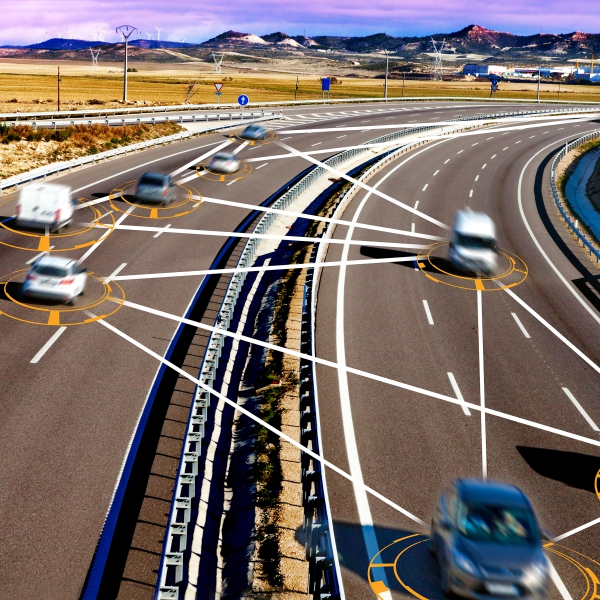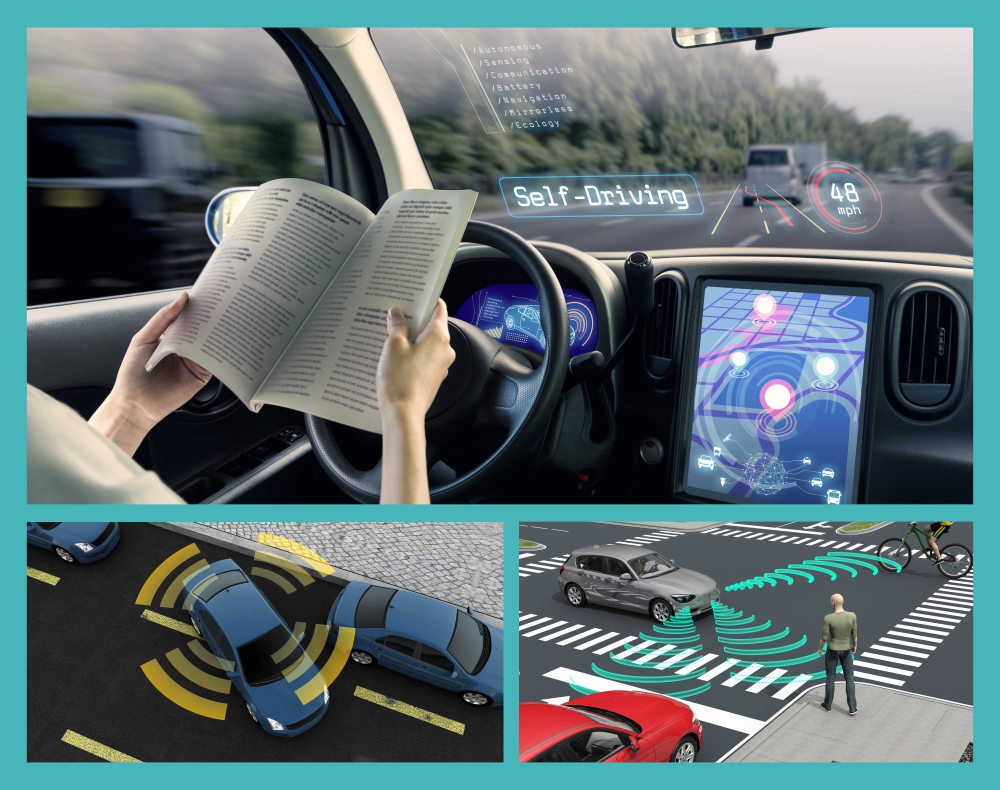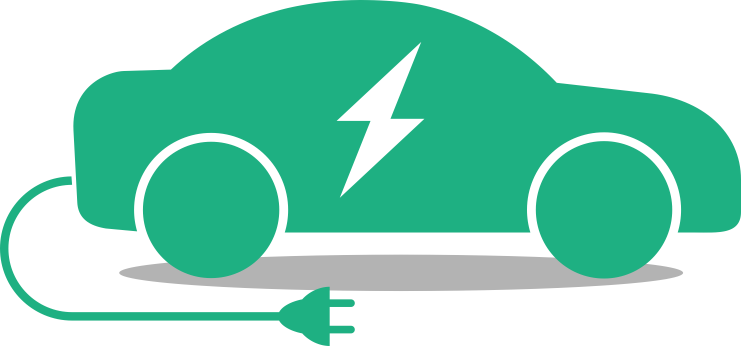If you live in a metropolitan like Delhi or Mumbai, or even in a fairly large city like Jaipur or Indore, you know how tedious it can be to drive from point A to B at any given time of the day. Add to that the hours you're stuck in traffic and the period you waste in search of a parking spot. If you actually calculate the amount of time you're wasting while rotating your steering wheel each day, the numbers may leave you shocked!
Need of the hour urges the transportation infrastructure to introduce autonomous solutions to revamp itself - and thanks to the IoT-enabled technology, your existing driving challenges are soon going to become distant memories of the past. Cars of the future will have the power to communicate with their owners, with one another, and with the infrastructure on the roads — and this connectivity will spur-up a revolution in how you get around.

Picture a situation where you're heading for an important meeting and it suddenly starts raining. Earlier, this would lead to cancellation of the plan or a treacherous drive through potholes and traffic jams. But now, you can obtain real-time data from roadside sensors and take the best route to your destination - detouring from areas with traffic congestion and localized flooding.
Wondrous benefits can be derived out of this real-time communication between vehicles and traffic infrastructure. Let's take an example of a medical emergency. Imagine if an ambulance is carrying a critical patient – it can communicate with the traffic signal network to turn all the lights green as it approaches them, and even alert all other connected vehicles in the area to make way for them. This will lead to a remarkable reduction in travel time and save so many lives with timely intervention.

Advancements in driving technology are literally riding in the fast lane! In some places, automated vehicles with no pedals and steering wheels are already shuttling passengers around restricted locations like college campuses. Self-driving truck platoons are being tested to cut down CO emissions and 2 improve efficiency. In fact, a self-driven truck recently made a delivery of 50,000 beers on experimental basis.
Talking of autonomous solutions and vehicles, Hitachi's ROPITS or Robot for Personal Intelligent Transport System is garnering a lot of customer interest. A single-seat conveyance for short distance travel on the sidewalks, ROPITS employs 3-D mapping software and GPS technology to find its way, and relies on cameras and laser distance sensors to avoid obstacles on the road. Users simply climb into ROPITS, punch their destination, and the connected cars take it from there!

Even though the buzz is majorly around self-driving vehicles and cars, Hitachi is exploring advanced autonomous car technology at a very comprehensive level. From automatic emergency braking sensors to lane assistance features...from blind-spot sensors to preventive maintenance technology...Hitachi is leveraging the IoT based technology to foster its agenda of Social Innovation and offer a gratifying driving experience to the people of India and the world.

